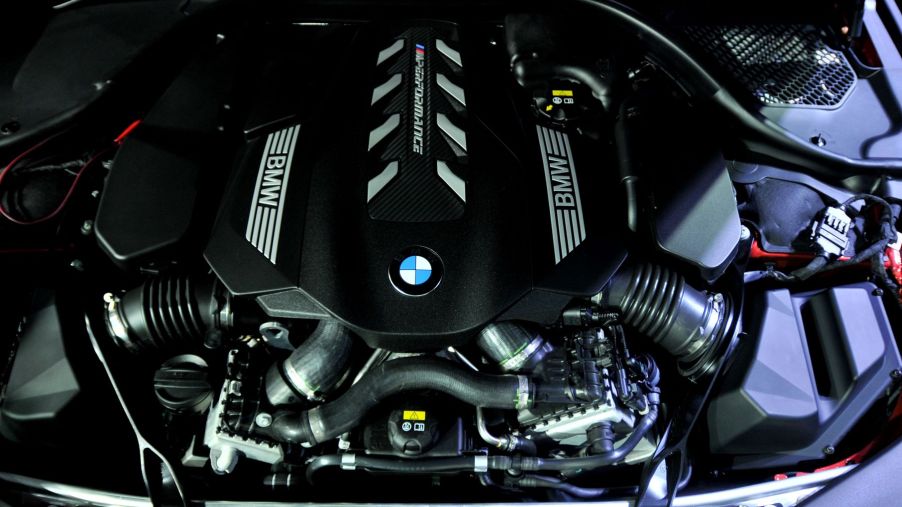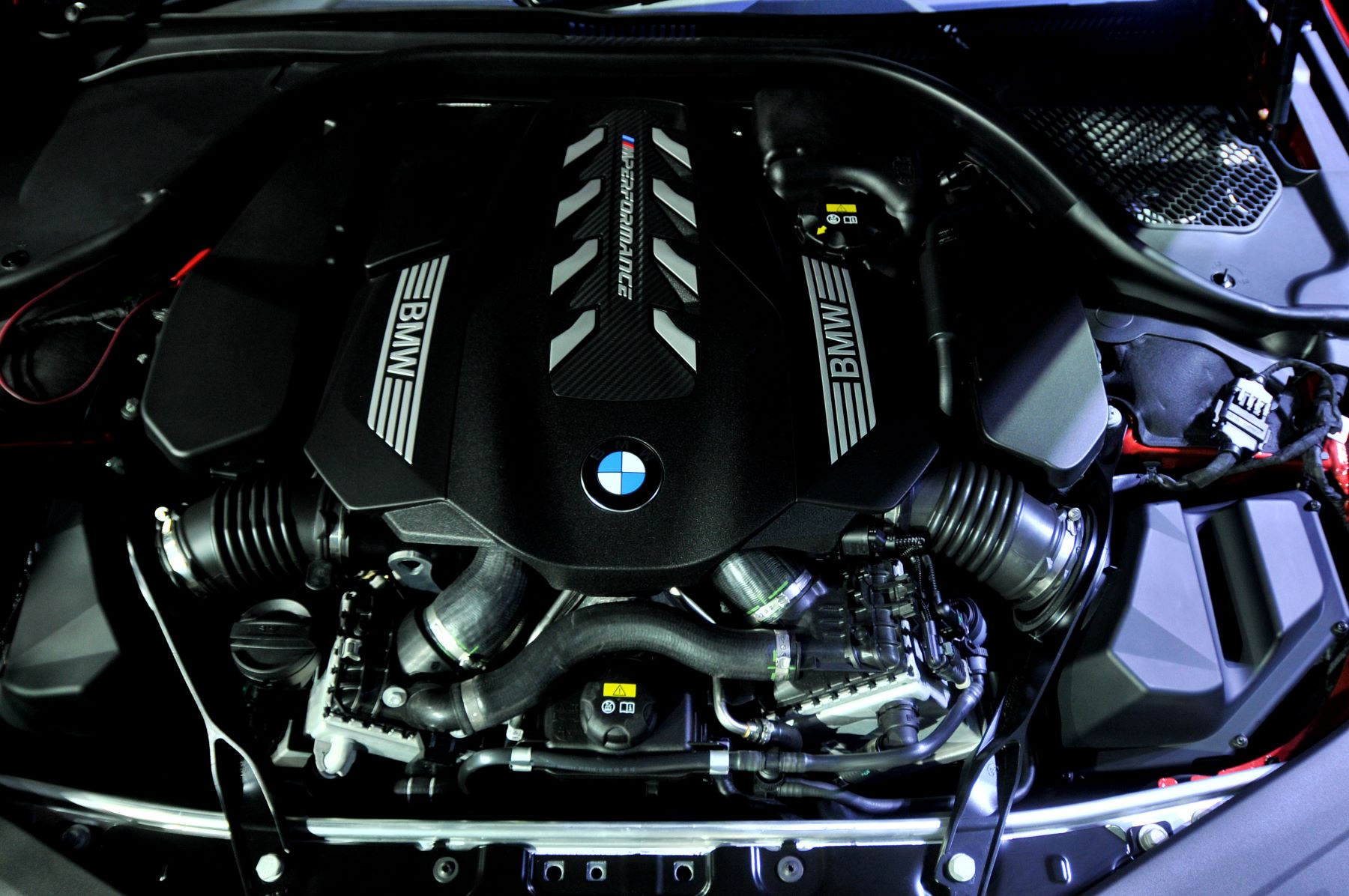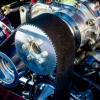
Does Restarting Your Car Really Use More Fuel Than Idling the Engine?
For years, a common belief was it’s better to keep your car idling instead of restarting it after waiting in line or waiting for someone to hop in. Though it was a better idea for cars years ago, Family Handyman confirms it’s now a better idea to restart your car for better fuel economy.
Why was an idling engine better than restarting?

The idea an idling engine was better came from carburetors. Carburetors used a mix of air and fuel for engine performance and needed more fuel when engines started. While idling, maintaining the same amount of fuel was best to save energy.
However, the technology changed starting in the 1980s, reports Family Handyman. Carmakers began switching out carburetors for fuel injection systems. Those systems use a combination of air and fuel but in a controlled volume.
Is restarting or idling your car’s engine more efficient?
Fuel-injection systems becoming the standard means it is more efficient than years ago to restart your car. Less fuel is used in the process compared to that of the carburetor system.
This means, overall, more fuel is now used when a car is idling compared to stopping and starting your engine. It also means saved energy and less wasted fuel each year. With gas prices continuing to stay near record levels, restarting is an excellent way to save money on gas and lower fuel emissions.
A study from 2004 shows a good rule to follow is to turn your car off if you’re idling for more than 7 seconds. Additionally, a U.S. Department of Energy report details how emissions have negatively impacted the environment. It also argues that idling a car is unnecessary with modern technology, including start-stop technology.
How start-stop technology works
Start-stop technology was first introduced in the late 1970s. It’s become more prevalent in the last decade or so, thanks to improvements in automatic electronics.
Each system is different, but they all have the same basic idea: the car detects you’ve come to a stop with the brake pedal pressed. A signal is then sent to the engine control unit (ECU), and the car’s fuel and ignition system is temporarily cut. Once you lift your foot off the brake pedal, the ECU sends a signal to restart the engine.
Drawbacks to start-stop engine technology
Common arguments against restarting your car are potential damage from lack of oil and wear on a starter motor. However, that’s not too much of a concern with many modern vehicles. Modern oil is significantly better at protecting engine components that need lubrication.
A report from the Argonne National Laboratory for the U.S. Department of Energy shows stopping and starting more than 20 times a day could impact the starter and battery. However, cars with the restarting system often have overbuilt and oversized motors to address wear concerns. Many also have systems to detect if the battery charge is too low to restart the engine.
Overall, drivers have reported the feature can just be annoying. In response, multiple carmakers have added a button to turn start-stop off.


